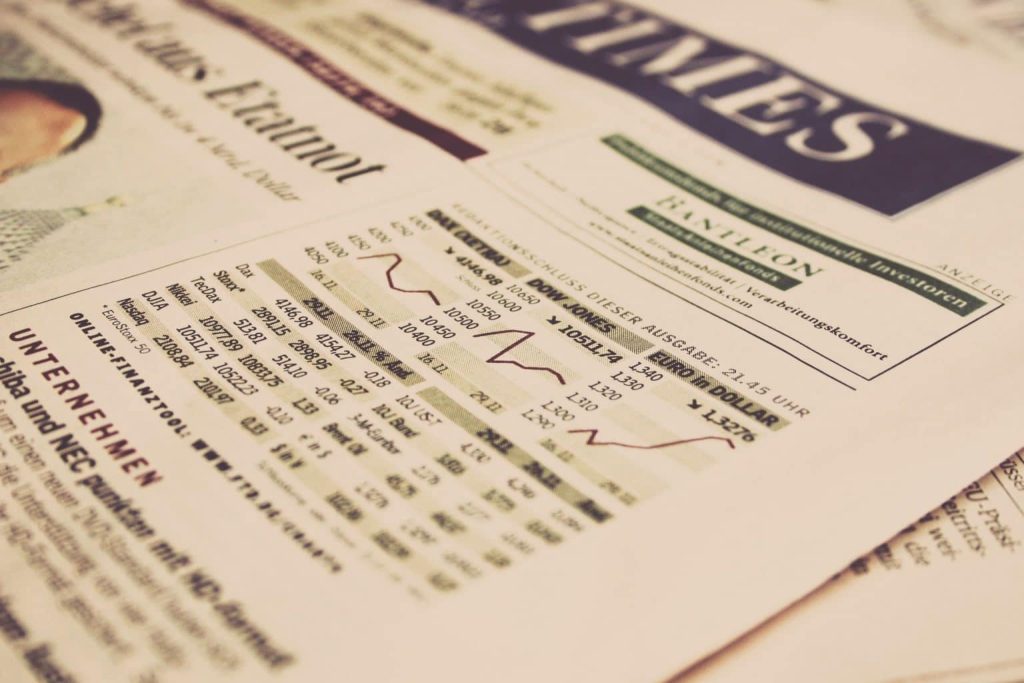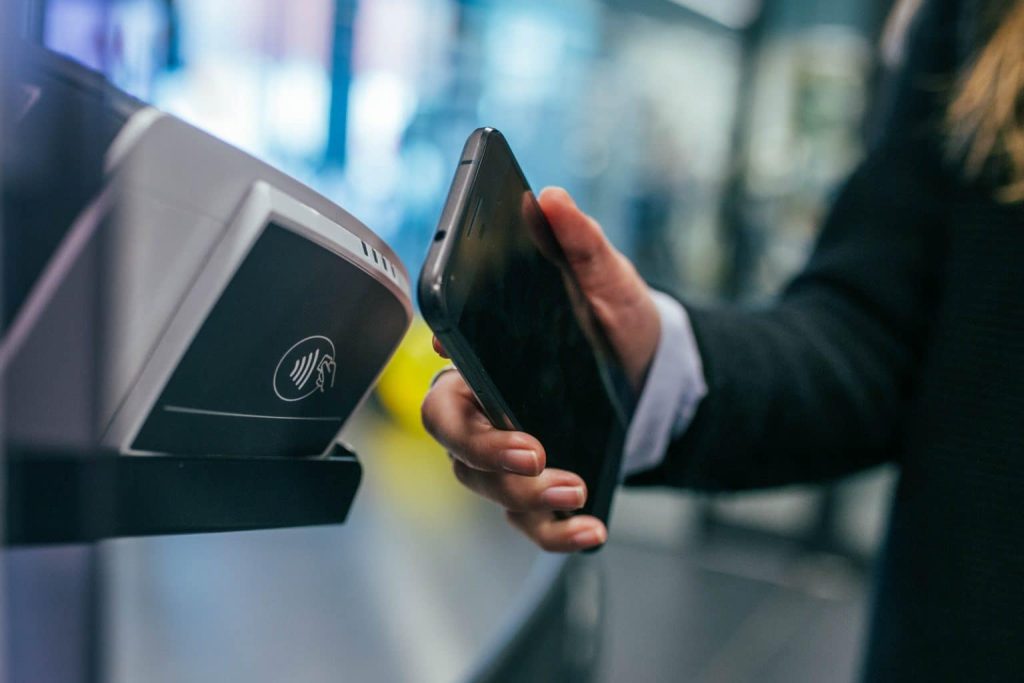
The Digital Payment market is booming because of the introduction of the latest technologies that continuously converge with others and encourage the emergence of innovative payment methods and consequently creating business opportunities. Currently, the foremost advanced solutions like Mobile Payment and Contactless Payment exceed € 46 billion in payments, a 21% of total digital payments by card, consistent with the Mobile Payment & Commerce Observatory of the varsity of Management of the Milan Polytechnic.
Until a couple of years ago, the digital payments market was one of the cornerstones of technological innovation driven by traditional financial institutions. Then the OTTs arrived, over the highest (PayPal, Amazon, Apple, Alibaba, WeChat, Google, and now also Facebook). Therefore FinTech entered a tense leg within the sector so on deforming it in no time, a real disruptive innovation that made lever on one very clear element: the customer experience.
PSD2 and new opportunities in the digital payment field
The arrival of the PSD2, the act that officially came into force in January this year, has undoubtedly contributed to the market transformation. This legislation has introduced some significant changes, first of all, the concept (and model) of Open Banking, an ecosystem that sees the user in the middle, for the advantage of a replacement multi-channel customer experience. The buyer must be liberal to choose payment services in an offering that will not only be banking: a gap towards ‘third parties’ who can manage and offer digital payments services – they’re not financial institutions. As we all know, BigTech didn’t miss this huge opportunity.
The PSD2 has decided to place the user and his experience in the middle of the entire regulatory system by imposing a complete revision of the principles associated with digital payments: more freedom and more choice are the two pillars of this amazing change. People must be ready to use any digital tool (online sites, smartphones, ATMs and cards, apps, wearable devices, etc.) to form transactions and payments. An equivalent applies to companies.

Digital payments: a market that shows no signs of stopping
Digital Payment is a revolution that reinforces the market. The digital payments market is predicted to grow at a mean annual rate of growth of 18% between 2018–23, with a turnover expected to succeed in $ 87 billion by 2023 constant with a ReportLinker report (in this 2018, close to end, the estimation is to succeed in already $ 38 billion globally).
The factors that are pushing the accelerator on the expansion of the market, include, national and international initiatives taken to market digital payments. For example, an Irish financial institution opens its doors to Facebook to permit the transfer of cash in EU countries on its platform social without having to invite other authorizations from individual member states. With the high rate of smartphone adoption and therefore they got to provide better customer service even at POS terminals.
The increase in digital transactions is then another trigger factor that will cause additional services in terms of digital payments. Capgemini’s World Payments Report 2018 reveals that within the period 2015–2016, the volumes of non-cash transactions have touched 482.6 billion and are expected to grow by 12.7% by 2021.
According to the analysis, there’s a specific phenomenon to which we must be paid attention, namely the increase of e-wallets. In 2016 the so-called ‘electronic portfolios’, accounted for 8.6% of non-cash transactions (a volume of 41, 8 billion), 71% of which was favored by the OTTs and therefore the BigTechs, whose core business isn’t to supply financial services, but who have sensed that this proposal can improve the experience towards the acquisition of other services.
To testify that the digital payment market is going to be less and fewer “playing field” of the banks is an equivalent reality of the normal financial sector. The planet Payments Report 2018 shows that only 38% of bank executives say they need plans to become some extent of reference within the new payment ecosystems.
Omnichannel: technology at the service of a new relationship with customers
What emerges from the planet Payments Report 2018 isn’t a completely positive framework for banks and financial institutions that, even following regulations just like the PSD2, face fierce competition from new players.
However, the glass should be half full: this is often the right time to redefine the connection with customers, as long as they know their needs and habits and build communication, interaction, engagement services (and in fact services like payments digital) that have the user and technology at the middle.
Customer experience, technology, services are the three dependencies on which an omnichannel strategy, should be based. CEO Fabio Lalli reported the info of a survey conducted at the worldwide level by CGN Research & Advisory Group, underlines the very fact that by 2020, 68% of consumers within the banking sector are going to be “omnichannel consumers”. People that tend to prefer the utilization of digital services and platforms designed with a customer experience that reminds one of simple, intuitive, technological but also extremely customized by giants like Apple or Amazon.
The new generations are far more likely to apply financial services or digital payment methods of brands they know and trust, even when they’re very fresh companies or startups. The rationale is once more within the customer experience. Children are more easily linked to brands, where they recognize where the mixture of technological innovation and simple use makes the difference within the competition.
If we glance around, even in Italy, we note that it’s not just children preferring innovative digital services, now in any context.

Digital payments: 4 trends to monitor
Taking into consideration, the changes on site, also in terms of legal regulation. Therefore the habits of individuals are now inclined to use digital services of any kind. We’ve identified some trends, also useful for those that don’t affect financial services like retailers.
Payments and apps for mobile devices in-store
The development and use of mobile POS options will increase exponentially with the increasing demand and use of mobile devices. People are already getting won’t to the thought of paying with their smartphones rather than coitus interruptus a plastic card. Compatible with Forrester Research, in 2019, consumers will make investments in the future with mobile devices for over 34 billion dollars: applying digital payment methods or through the smartphone (text messages, apps, cards, and virtual accounts) or using the mPOS future (mobile POS with NFC technology — Near Field Communication).
The in-store payment apps like PayPal Beacon and Apple iBeacon also are becoming more and more significant. They simplify the payment process (without having to attend for the road to finish the transaction) as each transaction has its unique code that permits people to pay through an easy app.
Digital currencies and cryptocurrencies
Digital currencies are emerging within the world payments system. Bitcoin, for instance, is simply one among the various cypsalutes now available on the market) and can revolutionize the entire ecosystem of investments and monetary financing, thanks to the characteristics of technological innovation, immediacy, security, and even simplicity that represent the “raw materials” of services that appeal to new generations of consumers and professionals.
The popularity of digital money comes from the moment and borderless nature of transactions. Essentially, this payment method is often used anywhere without barriers.
e-wallet and mobile payment applications
Electronic wallets are simply software solutions that allow you to perform money transactions employing a PC or mobile device both online and in physical stores.
Generally, it’s a circuit (often accessible and manageable via app) through which you’ll manage your money account by doing transactions. Such as: transferring money to other users using an equivalent circuit, reloading the e-wallet account through different systems and payment instruments, receive or make payments using simply the app in any currency.
The best-known e-wallets are now Apple Pay, Ali Pay, Google Pay, and PayPal, which also recorded notable growth figures in Italy. Consonant with data from the last Mobile Payment and Commerce Observatory of the Milan Polytechnic School of Management, contactless card payments (€ 18 billion, + 150% in 2016) and Mobile payments (€ 6.7 billion, + 60%) together are worth over half the New Digital Payment market. During this structure, the so-called “Mobile Proximity Payment” (pay at times of sale by mobile phones) recorded in 2017, in Italy alone, quite 70 million nonstop transactions mainly driven by the arrival of Apple Pay.
Payments via social network
Social media interfaces are expanding their market by including payment solutions like a money transfer from an individual user to a different (peer-to-peer) or direct payment within the network.
Social payments are divided into two kinds:
- Purchases ‘on the spot’, i.e. directly within the social platform without having to exit the app or the location to shut the transaction thereon of the retailer or brand;
- Peer-to-peer money transfer services: Snapchat a couple of years ago for instance released Snapcash, a quick money transfer channel that allowed users to exchange cash from one account holder to a different in real-time. This technique is slightly different than mobile payment apps because during this case the cash is transferred directly from one checking account to a different without the necessity for it to be stored during a separate wallet, e-wallet, or app account.
In this context, digital and mobile technologies became real diplomatic assets able of raising the multi-channel nature of the services offered to customers. The sectors involved, like banking and finance, must continually be ready to grasp the opportunities offered by new technologies. They direct at a replacement relationship model, constant and personalized on the demands of its customers, and develop a business model that appreciates and privileges the digital experience to supply a unified and complete customer experience at every stage of the customer journey.




